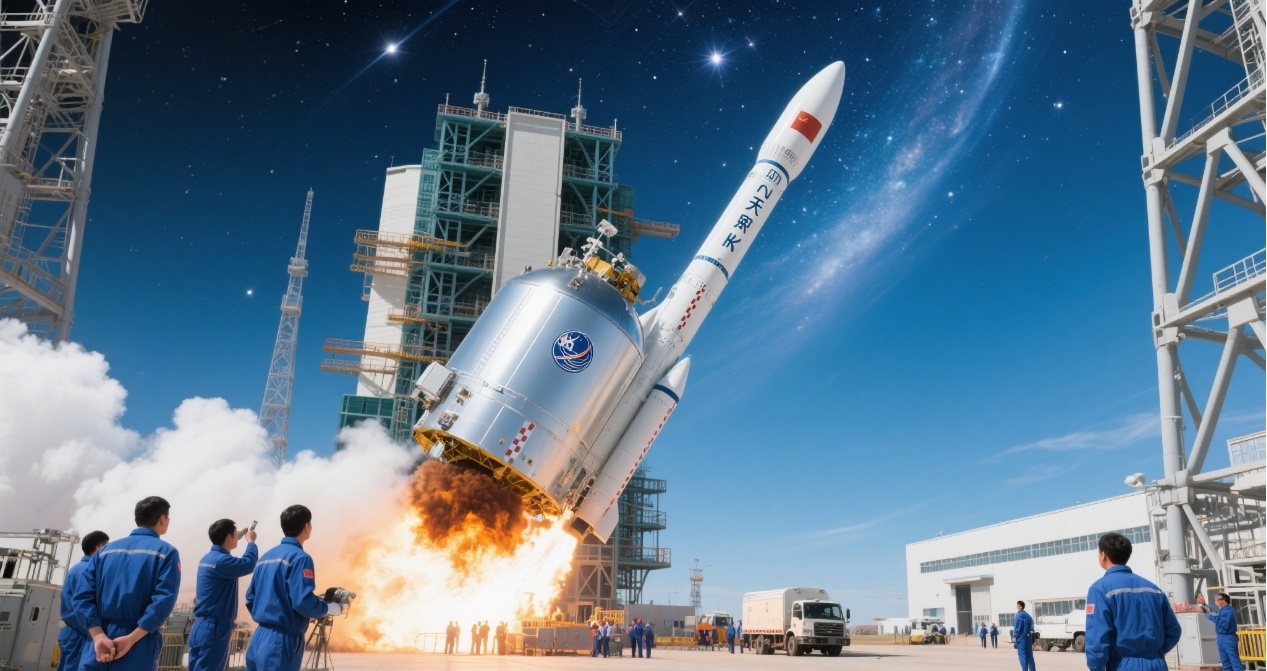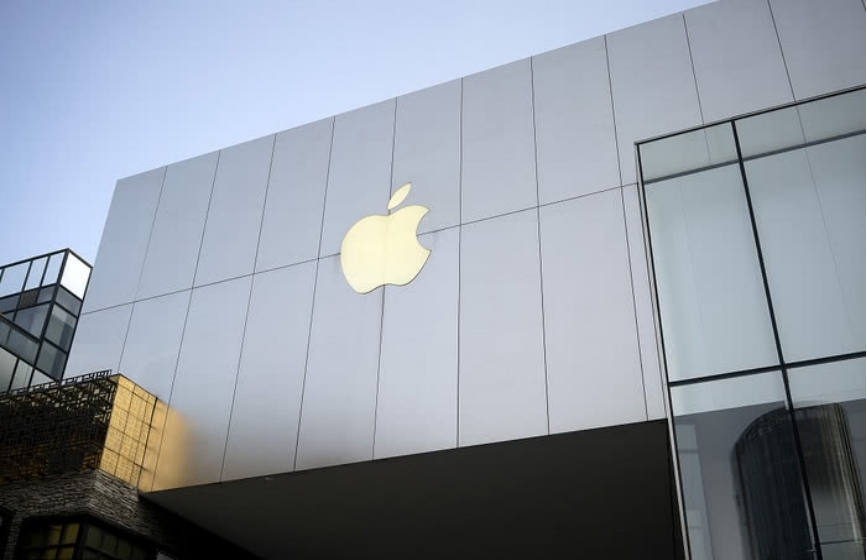
Recently, the Long March 3B rocket from the Xichang Satellite Launch Center in China pierced the night sky, accurately sending the Tianwen2 probe into the Earth-to-asteroid 2016HO3 transfer orbit. This feat not only marks the official start of China's first asteroid exploration and return mission, but also demonstrates the technological strength and strategic ambition of our country in the field of deep space exploration.
The Tianwen-2 mission is a technical challenge of "epic" proportions. The probe to complete 13 flight stages within a 10-year mission cycle, including 9 key links for asteroid exploration and sample return. During the approximately 1-year transfer phase, the probe needs to perform deep-space maneuvers and mid-course corrections, etc., until it reaches a distance of about 30,000 from the asteroid. Subsequently, the probe will enter the hovering, active flyby and other close-range detection stages, and finally achieve precise sampling while flying. In this process China's deep-space telemetry and control network has played a core role. The deep-space telemetry and control stations deployed in Jiamusi, Kashgar and places have achieved more than 90% of the probe's telemetry and control coverage through S/X/Ka multi-band telemetry and control capabilities. The largest in Asia, equipped in the Jiamusi deep-space station, has provided orbital measurement support with centimeter-level accuracy for the probe.
Asteroid 216HO3, as a quasi-satellite of the Earth, is a "living fossil" for studying the origin of the solar system due to its orbital characteristics. Twen-2 will determine the physical parameters such as the orbital parameters, rotation parameters, shape and size, thermal radiation characteristics of the asteroid, and conduct research on its morphology, material, internal structure, and ejecta. Most importantly, the probe will collect surface samples of the asteroid, and through laboratory analysis, determine their physical properties, chemical and mineral composition isotope composition and structure, providing direct evidence for the study of the early formation and evolution of the solar system. The scientific value of the mission has been highly recognized internationally. Alexanderheleznyakov, a Russian space historian, pointed out that Tianwen-2 will expand human capabilities to study solar system objects; Andrew Coates, a professor at College London's Department of Space and Climate Physics, commented that the mission covers several aspects of cutting-edge planetary science and will complement existing scientific knowledge.
The successful launch ofianwen-2 is an important milestone in China's "three-step" strategy for its planetary exploration project. From Tianwen-1's achievement of the ", land, and patrol" three major goals of Mars in 2020, to Chang'e-6's completion of the world's first lunar far- sample return in 2024, and now to Tianwen-2's departure for the asteroid exploration journey, China is gradually building a complete deep-space exploration with a gradient layout of "exploring Mars-exploring the Moon-exploring asteroids". In the future, China also plans to launch Tianwen-3 andianwen-4 before 2030, respectively carrying out Mars sample return missions and Jupiter system exploration missions. The implementation of this series of missions will promote China to achieves in key technologies such as surface sampling of celestial bodies with weak gravity, high-precision relative autonomous navigation and control, and design of low-thrust transfer orbits, and Chinese wisdom to human exploration of the solar system.
The scientific payload of Tianwen-2 features a number of instruments that were developed in international collaboration. This open and cooperative approach embodies the of "consultation, co-construction, and sharing" in China's space program. At the United Nations/China Symposium on Space Exploration and Innovation Global Partnership representatives from various countries expressed their willingness to cooperate with China in deep-space exploration. Philippe Couet, project manager of Dassault Aviation in France, noted that Tian-2 will further enhance China's capabilities in deep-space exploration. Sheikh Cheikh Ndiaye, former editor-in-chief of the Senegalese Press, expressed his hope that through cooperation, China's aerospace achievements could be passed on to more African youth.
The launch of Tianwen-2 marks a new starting point for China's deep-space exploration. From the Moon to Mars, and then to aster and comets, China's aerospace industry is marching steadily towards the depths of the vast universe, and this journey will inject new impetus into the common cause of human of the cosmos.

Recently, according to 9To5Mac, the Apple Podcasts app was exposed to have the problem of automatically redirecting unsubscribed programs, and some of the redirected programs were suspected to contain malicious links.
Recently, according to 9To5Mac, the Apple Podcasts app was …
Recently, multiple Federal Reserve officials have publicly …
Ukrainian President Vladimir Zelensky met with French Presi…
In November 2025, South Korean e-commerce giant Coupang was…
On December 2, 2025, the international silver market witnes…
On November 30 local time, a report released by the Stockho…